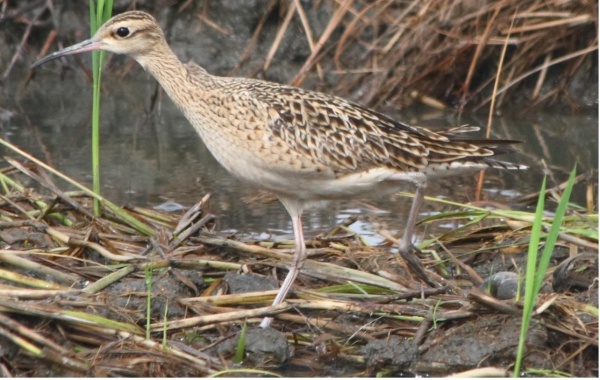Facts About Little curlew
The little curlew, a delightful small wading bird from the Scolopacidae family, boasts a fascinating life story. It breeds in the remote northern regions of Siberia and shares a close kinship with the North American Eskimo curlew. Intriguingly, the name "curlew" is thought to echo the call of the Eurasian curlew, with its origins tracing back to Old French. The genus name, Numenius, is derived from Ancient Greek and references the bird's crescent-shaped bill, while the species name signifies its diminutive size.
This bird is a true globe-trotter. It migrates across vast distances, spending winters in Australasia and occasionally making rare appearances in western Europe. During the breeding season, little curlews prefer forest clearings in river valleys where they nest on the ground. When winter comes, they can be found in the grasslands, cultivated regions, and freshwater areas of northern Australia.
Little curlews are social creatures, often observed in large flocks. They exhibit unique feeding behavior by probing the soft mud for invertebrates. Visually, they are predominantly greyish-brown with a white belly and underwings, sporting a distinctive curved bill. Their head pattern, featuring crown and superciliary stripes, closely resembles that of the Eurasian whimbrel. And if you ever hear their call, it’s a repetitive whistle that’s unmistakable.

 Indonesia
Indonesia